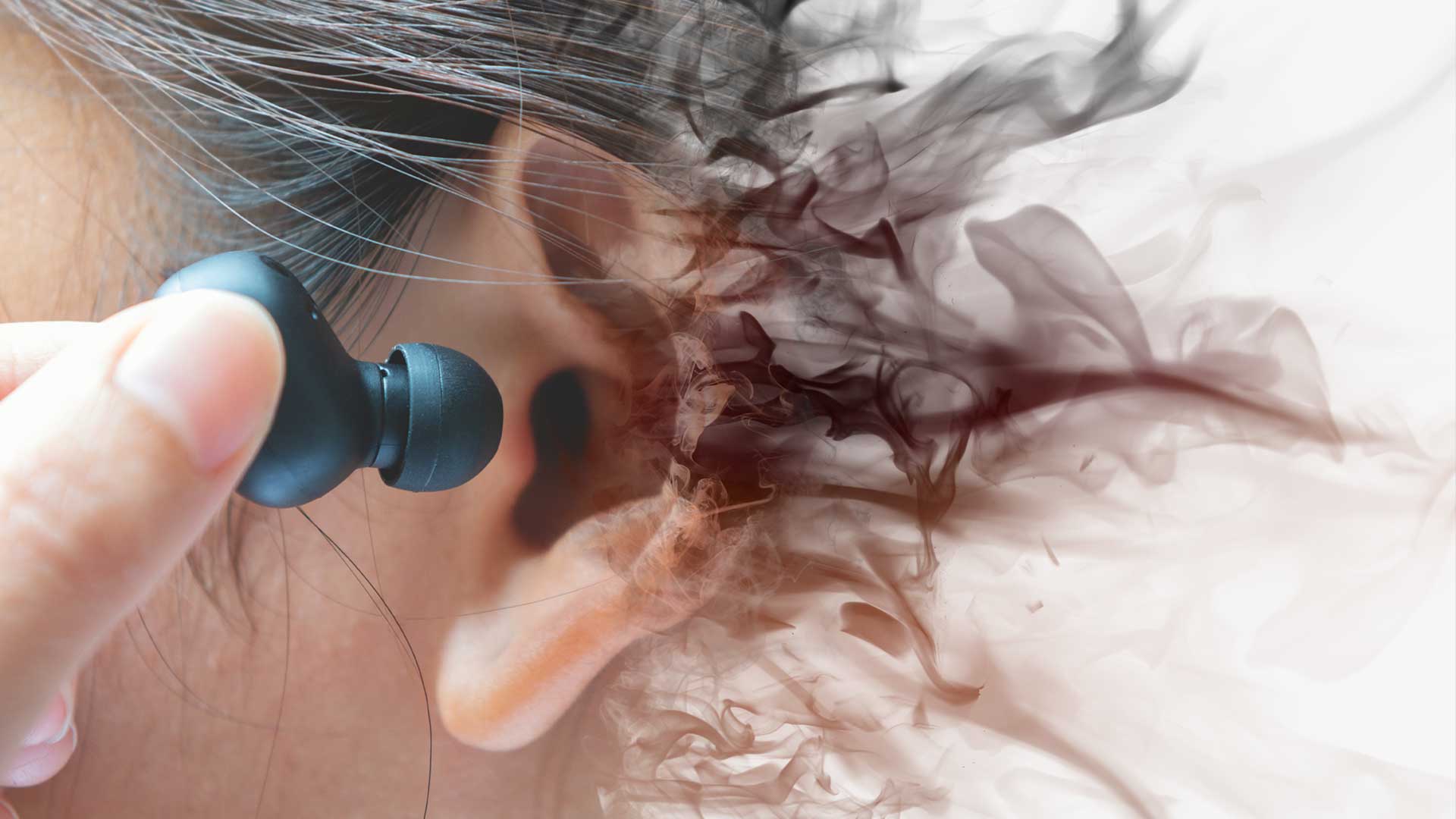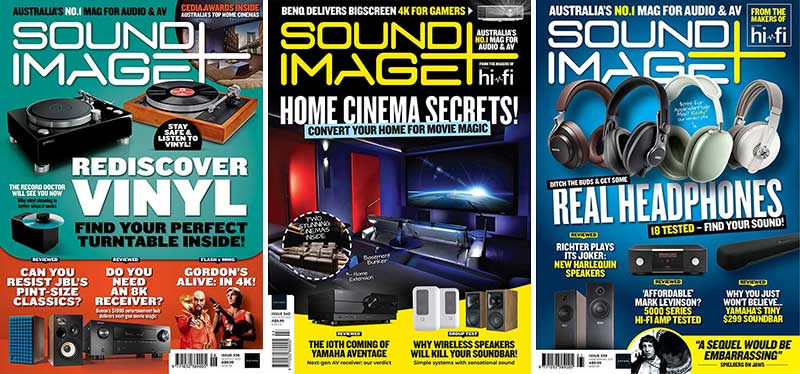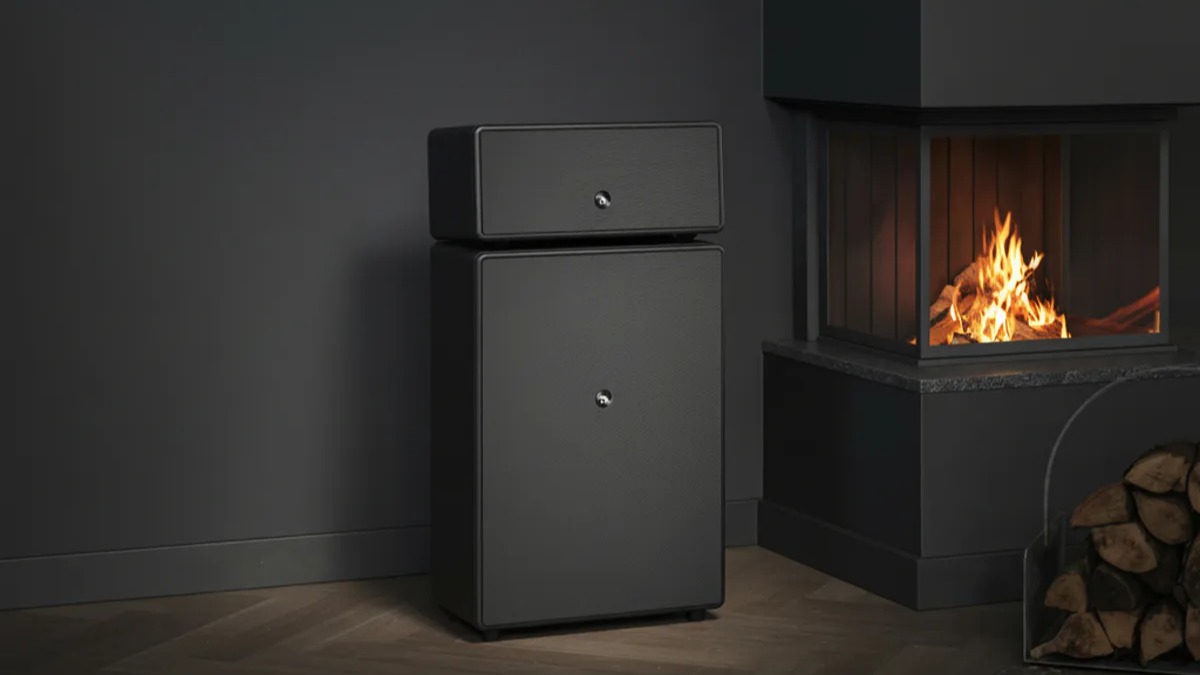Headphone 3.0? How a computer in your ear could change headphones forever
US company Sonical's new tech aims to be nothing less than the next evolution of headphones


This article has been written by Sound+Image magazine, one of What Hi-Fi?’s Australian sister publications. Click here for more information on Sound+Image, including digital editions and details on how you can subscribe.
They call it ‘Headphone 3.0’ – an evolution of the headphone. It will, they say, give control back to the user via a headphone-based operating system, enabling a new world of headphone apps that go far beyond the merely musical.
“End users select how they hear the world,” says Sonical, the California-based company behind the operating system 'CosmOS' and the idea of Headphone 3.0 as an evolved app system. “App developers are given direct access to the consumer to deliver a truly differentiated experience, exactly what they need, when they need it.”
The idea is that while headphone manufacturers today offer this function or that function but not the other, any headphones equipped with CosmOS would allow users to install third-party apps, in the same way we put apps on our phones.
As an example, Sonical has recently announced a partnership with Ireland-based company Segotia, which works in advanced audio and neuro technology, including sensing of brain activity and user engagement. Headphone 3.0 would in this case enable users to download personalised neuro-sensing applications to headphones or earbuds, which could work in concert with music playback, or for entirely different purposes.
We first encountered Sonical when talking with Jonny McClintock, formerly with Qualcomm, and a key member of the team which drove the aptX Bluetooth audio codec to success from its origins with a professor at Queen’s University Belfast. McClintock is now involved with several new codec and headphone technologies, and he introduced us to the concept of Headphone 3.0...
SOUND+IMAGE: Sonical’s CosmOS, and ‘Headphone 3.0’ is described as 'the world’s first ear computer'… except we’ve had computers in our ears for some time, really. The goal of this seems to be to implement every possible new headphone technology in one OS, and later a chip? So the idea is that app (or plug-in) developers for smart devices could leverage the platform’s abilities, while the OS/chip resides in the headphones? Could you clarify this a bit?
JONNY McCLINTOCK: To an extent you’re right we have enjoyed a form of computer in the ears. However, the difference here is the use of an OS which allows much greater flexibility.
The latest hi-fi, home cinema and tech news, reviews, buying advice and deals, direct to your inbox.
The computer platforms we all use today are built without knowing specifically what each individual is going to do with it. Gary Spittle and his team are enthusiastic about similarly breaking open the walled garden of a small number of platform providers to a wider community, based on the expectation that no one is as smart as everyone.
Enabling apps for the ears will bring enormous innovation. Gary and Sonical reference several places where this has happened already – in PCs, phones, TVs and automotive. We are already seeing developers of apps for those devices wanting to push their audio processing out to the hearable.
What Sonical is planning to achieve is to put in place the host which will allow App Stores to grow. At that stage the options are then in hands of the OEMs and not the platform providers. It’s disruptive – and I like disruption. We need to blow the doors off...

S+I: So headphones might be advertised as “includes… what, CosmOS, or Sonical” so you know they can do all these things? Or it’s opaque to consumers and just allows headphone manufacturers to have lots of abilities? How far away are we from seeing (and hearing) this?
JM: Pretty much. Consumers are aware of Android, Windows and iOS. Why would we not now move that to CosmOS? Creating awareness and building engagement with the consumer is the way forward. This empowers the user and removes their reliance on the supply chain that follows its own narrow and arguably self-serving vision.
We are on the cusp of ‘Headphone 3.0’, which sees the progression from wired audio to BT wireless audio to BT/UWB wireless all-purpose applications. The mobile phone started with making calls, now it’s so much more. Headphone 3.0 has the capability to do the same. Stay tuned and hopefully there will be the first murmurs towards the end of this year.
S+I: Some of the most frustrating headphones we’ve tested are those that try to do too much, offer too many options, and make it increasingly hard to achieve a simple straightforward good sound. This, er, sounds like that approach on steroids. Can you make sure there’s an ‘Everything Off’ button?
JM: This would be a good example of how the consumer could just press a virtual button and have their headset simply behave as a normal music listening device. The next day they want to test their hearing, or check their attention span via a neuro app, then they upload the appropriate app. We put the gift of choice into the hands of the consumer, not the OEM who is actually beholden to the platform provider.
It’s not so much about providing users with dozens of controls, although some audiophiles may enjoy those apps. It’s more about enabling an app to deliver a specific experience that is personalised, rather than a one-size-fits-all approach.
Sonical showed its CosmOS platform for hearables at IFA 2022 in Berlin. Our full interview with Jonny McClintock, "The man who removed the hyphen from aptX”, published in Sound+Image’s print and digital magazine on November 2.
The first fruits of Headphones 3.0 are just (March 2023) emerging – see the trailed information for PSB's CosmOS-equipped headphones here and I've written more on the role of UWB, and some general ranting about Bluetooth, here.

Jez is the Editor of Sound+Image magazine, having inhabited that role since 2006, more or less a lustrum after departing his UK homeland to adopt an additional nationality under the more favourable climes and skies of Australia. Prior to his desertion he was Editor of the UK's Stuff magazine, and before that Editor of What Hi-Fi? magazine, and before that of the erstwhile Audiophile magazine and of Electronics Today International. He makes music as well as enjoying it, is alarmingly wedded to the notion that Led Zeppelin remains the highest point of rock'n'roll yet attained, though remains willing to assess modern pretenders. He lives in a modest shack on Sydney's Northern Beaches with his Canadian wife Deanna, a rescue greyhound called Jewels, and an assortment of changing wildlife under care. If you're seeking his articles by clicking this profile, you'll see far more of them by switching to the Australian version of WHF.

